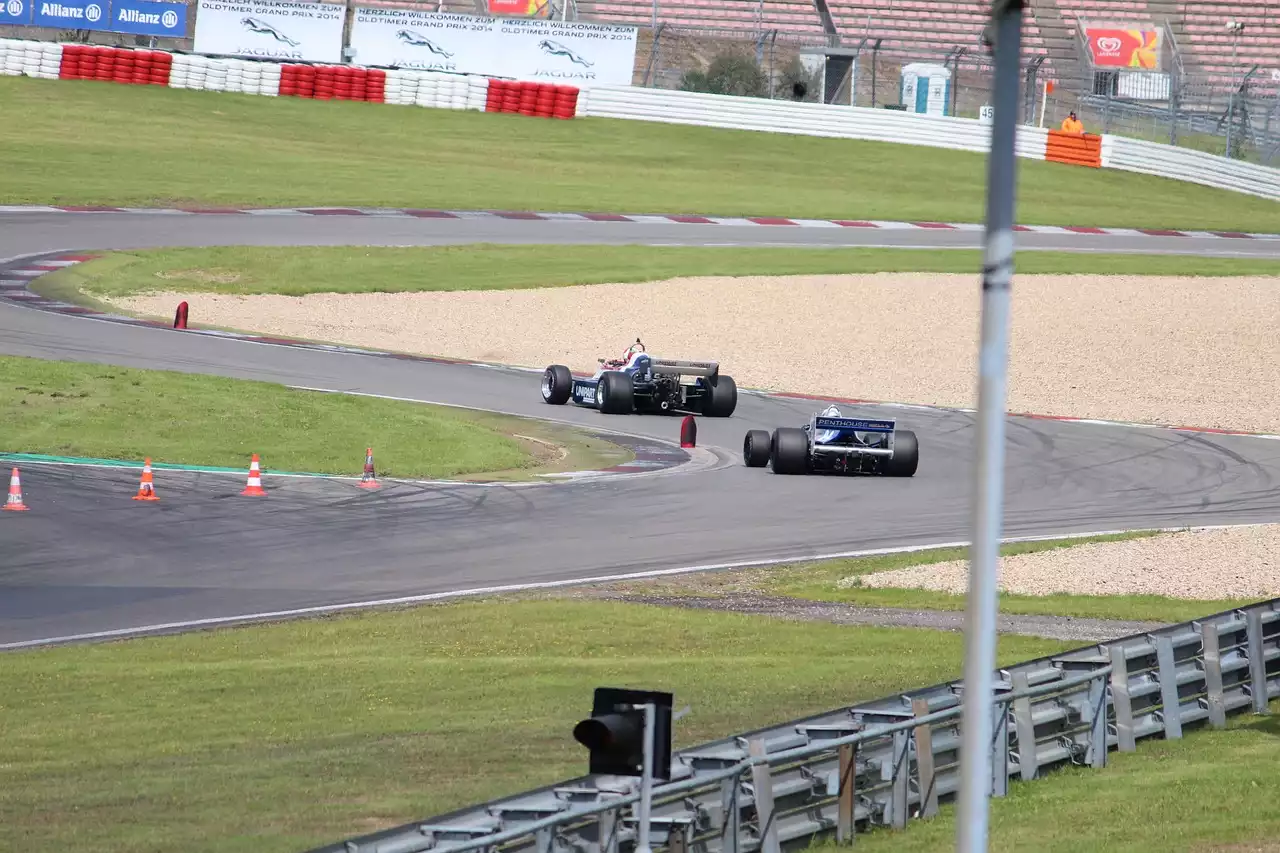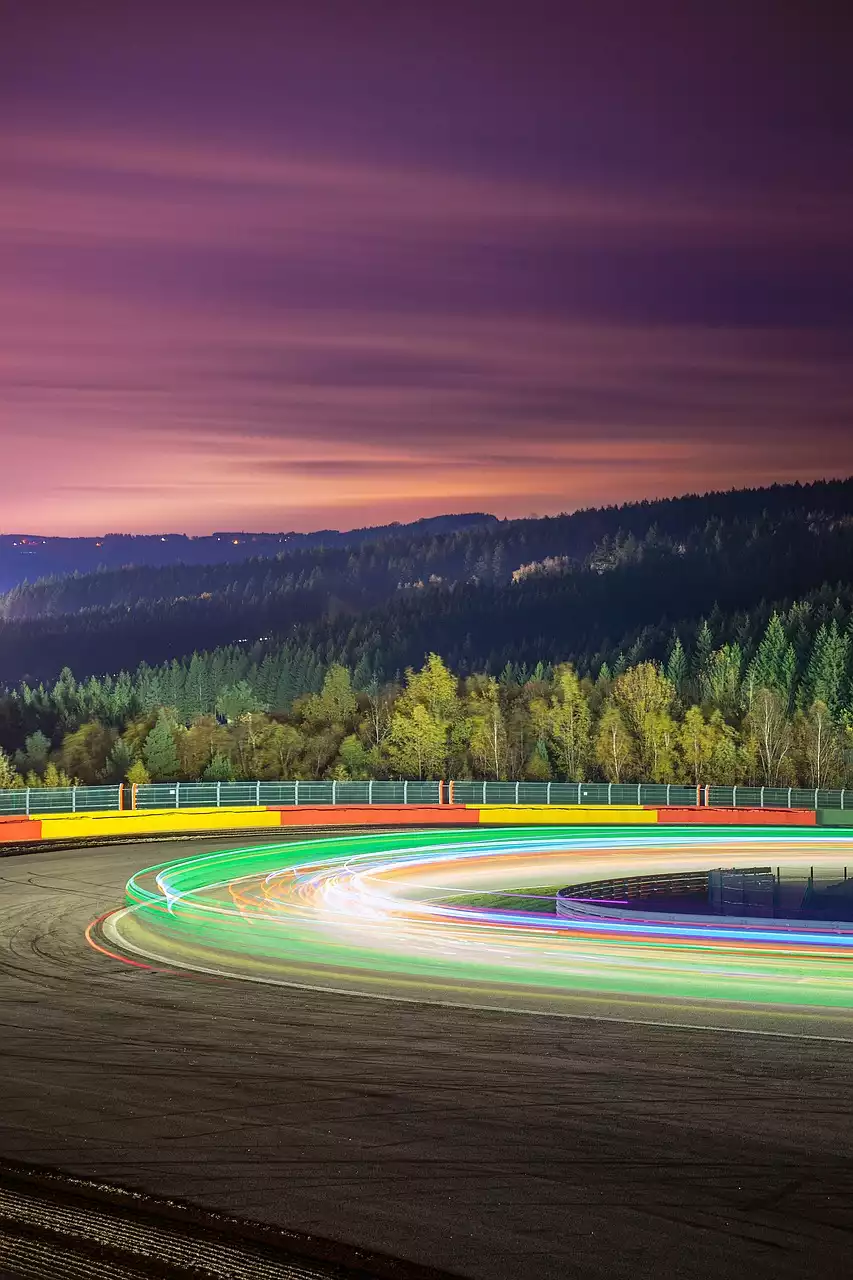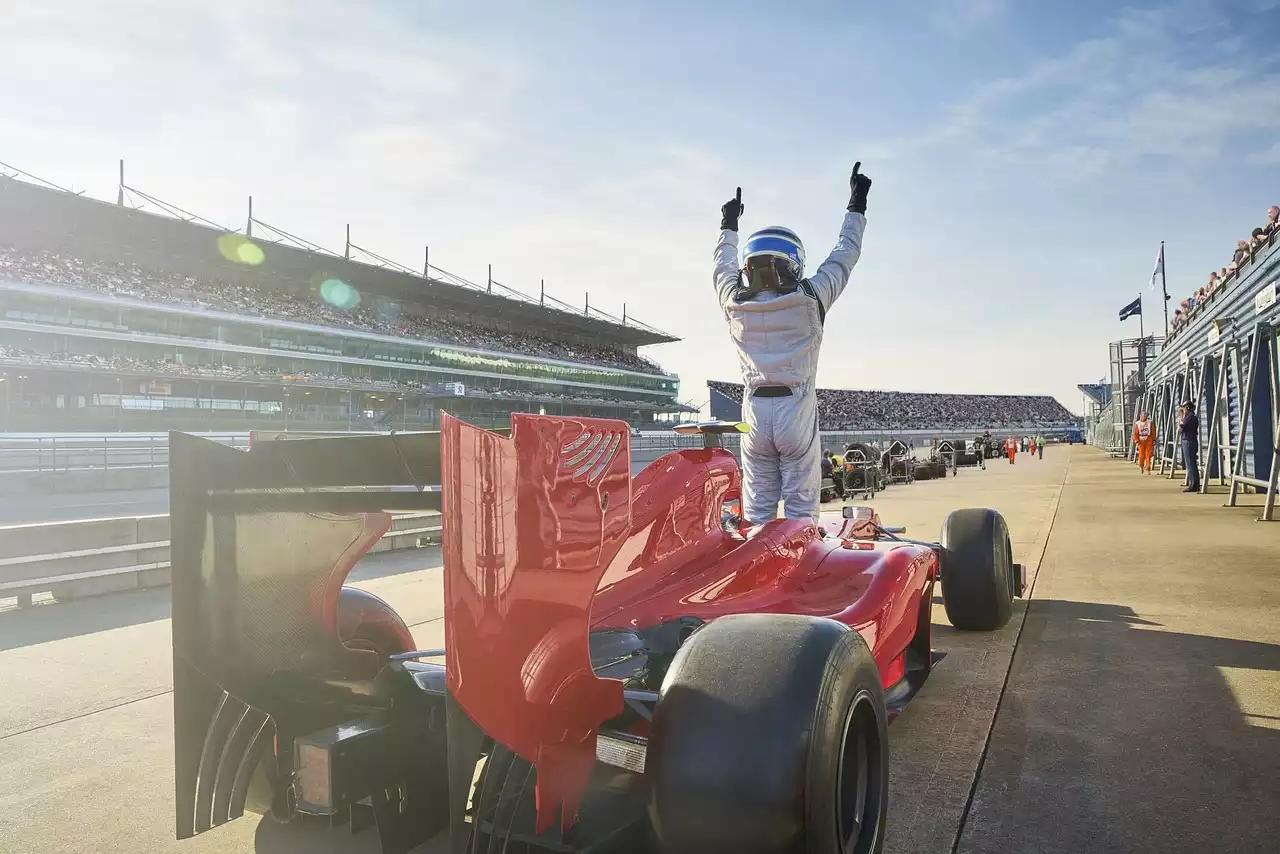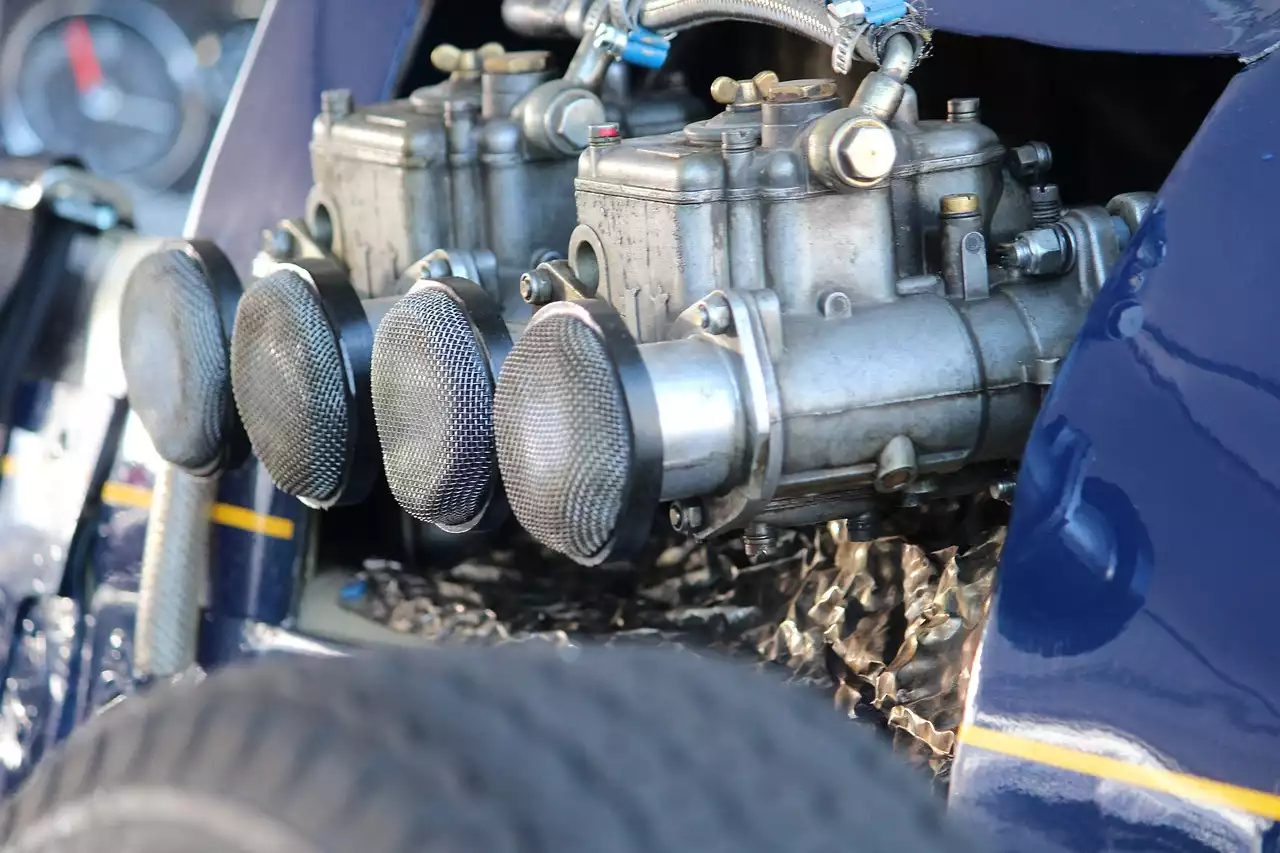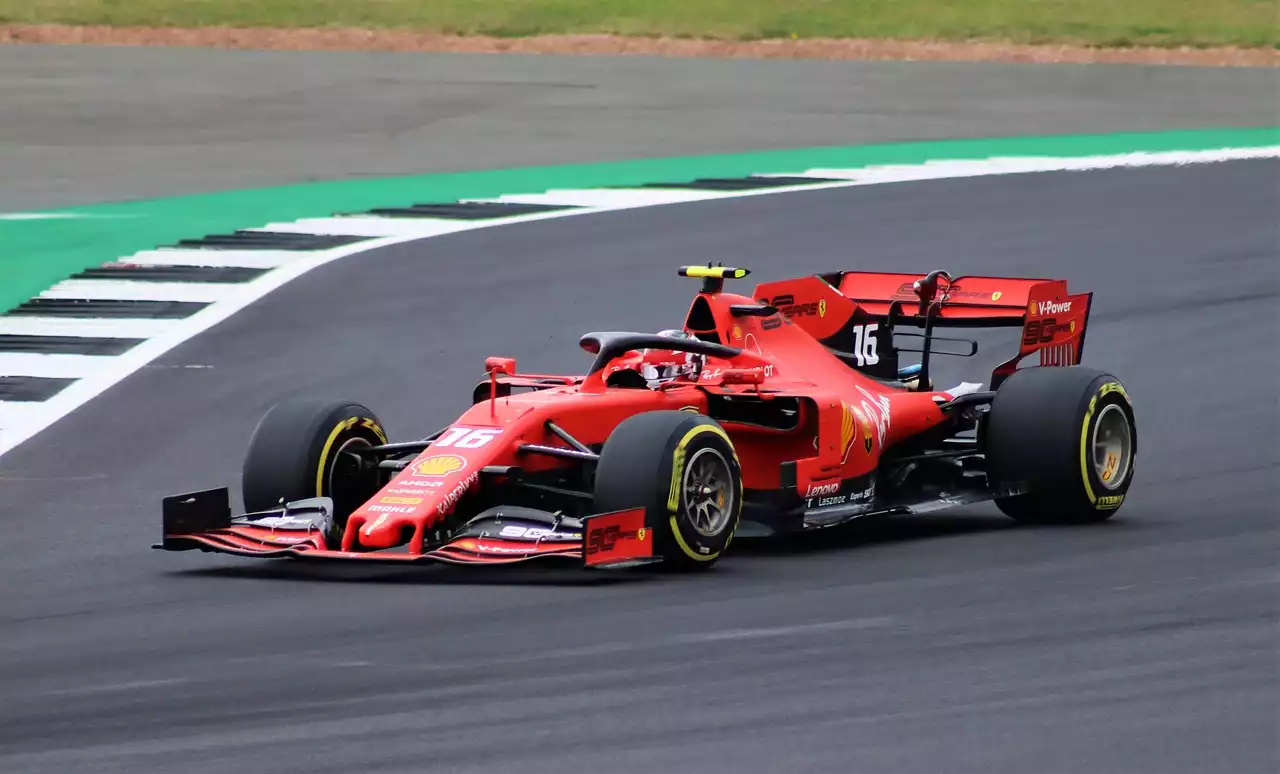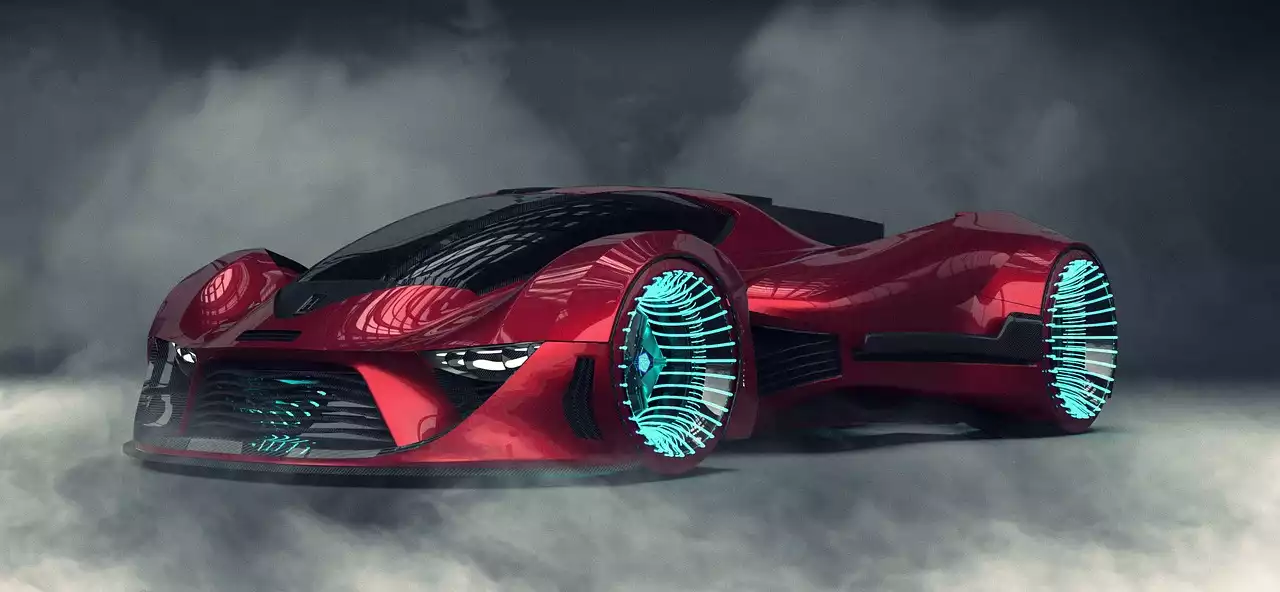History of Suzuka Circuit
The Suzuka Circuit was built in 1962 as a test track for Honda, which was expanding rapidly at the time. However, it wasn't until 1987 that the circuit was redeveloped and expanded to host the Japanese Grand Prix, which had previously been held at the Fuji Speedway. Since then, the circuit has become a permanent fixture on the F1 calendar, hosting the race every year except for 2007 and 2008, when the race was held at the Fuji Speedway once again. The circuit has also hosted other major motorsport events, including the Suzuka 8 Hours endurance race and the MotoGP Japanese Grand Prix.
Characteristics of Suzuka Circuit
The Suzuka Circuit is known for its challenging corners, high-speed straights, and unique figure-eight layout. The track is 5.807 kilometers long and features 18 turns, with a mixture of high-speed and low-speed corners that test the skill and bravery of drivers. The famous "S" curves, located at the start of the lap, are particularly challenging, requiring precise car control and a smooth driving style. Other notable corners include the "Dunlop Curve," the "Degner Curve," and the "130R," a high-speed left-hander that leads onto the final straight. With its combination of technical corners and high-speed sections, the Suzuka Circuit is a true driver's track, demanding the best from both car and driver.
Famous F1 races and moments at Suzuka Circuit
The Suzuka Circuit has hosted many memorable F1 races over the years, with some of the most iconic moments in the sport's history taking place at the circuit. One of the most famous races was the 1989 Japanese Grand Prix, which saw Alain Prost and Ayrton Senna collide at the chicane, handing the championship to Prost. The circuit also hosted the final race of the 2000 season, which saw Michael Schumacher win his third world championship with Ferrari. Other memorable races include the 1990 Japanese Grand Prix, which saw Nelson Piquet win in his final F1 race, and the 2005 Japanese Grand Prix, which saw Kimi Raikkonen win a thrilling race in wet conditions.
Track layout and technical analysis
The Suzuka Circuit is a unique track, with its figure-eight layout and challenging corners making it one of the most demanding circuits on the F1 calendar. The lap begins with a long straight that leads into the famous "S" curves, which require precise car control and a smooth driving style. The track then flows into the "Degner Curve," a tight left-hander that leads into the "Hairpin," a slow right-hand corner that requires a late apex to get a good exit. The circuit then heads into the "Spoon Curve," a long, sweeping left-hander that requires a delicate balance of speed and control. The final sector of the lap includes the high-speed "130R" corner, which leads onto the long front straight, where drivers can reach speeds of over 300 km/h.
Fan experience and amenities at Suzuka Circuit
The Suzuka Circuit offers a unique and exciting experience for fans, with a range of amenities and activities to keep them entertained throughout the weekend. The circuit features a large grandstand overlooking the start/finish straight, as well as several other grandstands located around the circuit. There are also hospitality suites, where fans can enjoy a luxurious experience while watching the race. The circuit also features a large food court, offering a variety of Japanese and international cuisine, as well as a range of merchandise shops, selling F1 memorabilia and souvenirs. In addition, there are several activities for fans to enjoy, including go-karting, simulators, and pit lane walks.
Other racing events held at Suzuka Circuit
In addition to F1, the Suzuka Circuit hosts a range of other motorsport events throughout the year. One of the most famous is the Suzuka 8 Hours endurance race, which is part of the FIM Endurance World Championship. The race is held in July and attracts some of the best motorcycle racers from around the world. The circuit also hosts the Japanese round of the World Touring Car Championship, as well as the Super GT series, which features some of the fastest GT cars in the world.
Accommodations and attractions near Suzuka Circuit
There are several accommodation options near the Suzuka Circuit, ranging from budget-friendly options to luxury hotels. The most popular option is the Suzuka Circuit Hotel, which is located next to the circuit and offers a range of amenities for fans, including a restaurant, bar, and souvenir shop. Other nearby hotels include the Hotel Route-Inn Suzuka, which is located a short distance from the circuit, and the Comfort Hotel Suzuka, which offers budget-friendly accommodation for fans. In addition, there are several attractions near the circuit, including the Suzuka Circuit Theme Park, which features a range of rides and attractions for fans of all ages.
How to get to Suzuka Circuit
The Suzuka Circuit is located in Mie Prefecture, Japan, and is easily accessible by car or public transport. The nearest airport is Chubu Centrair International Airport, which is located approximately 100 km from the circuit. From the airport, fans can take a train or bus to Suzuka City, and then take a shuttle bus to the circuit. Fans can also take a train from Tokyo or Osaka to Suzuka Station, and then take a shuttle bus or taxi to the circuit. For fans driving to the circuit, there are several parking options available, including on-site parking and nearby parking lots.
